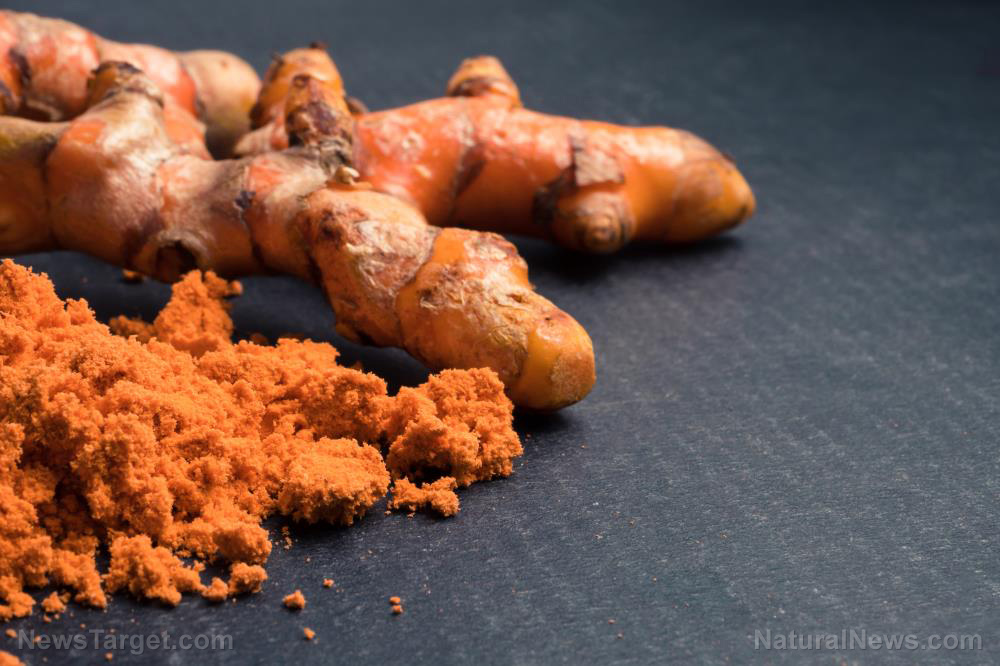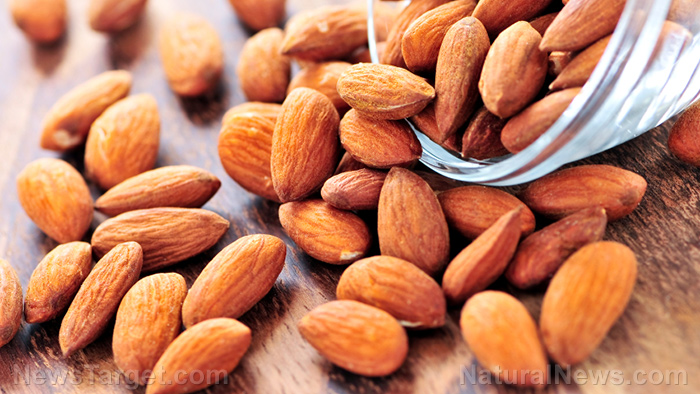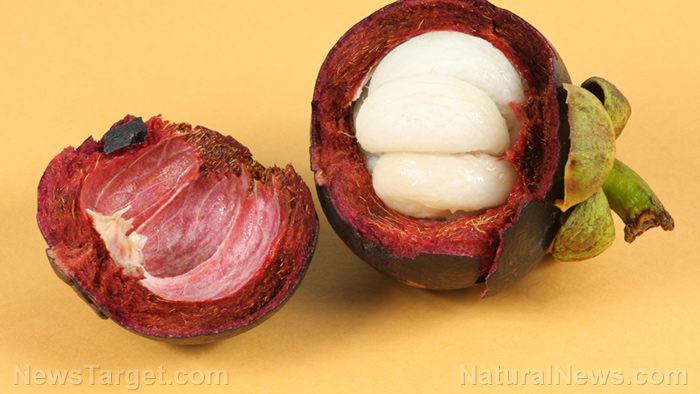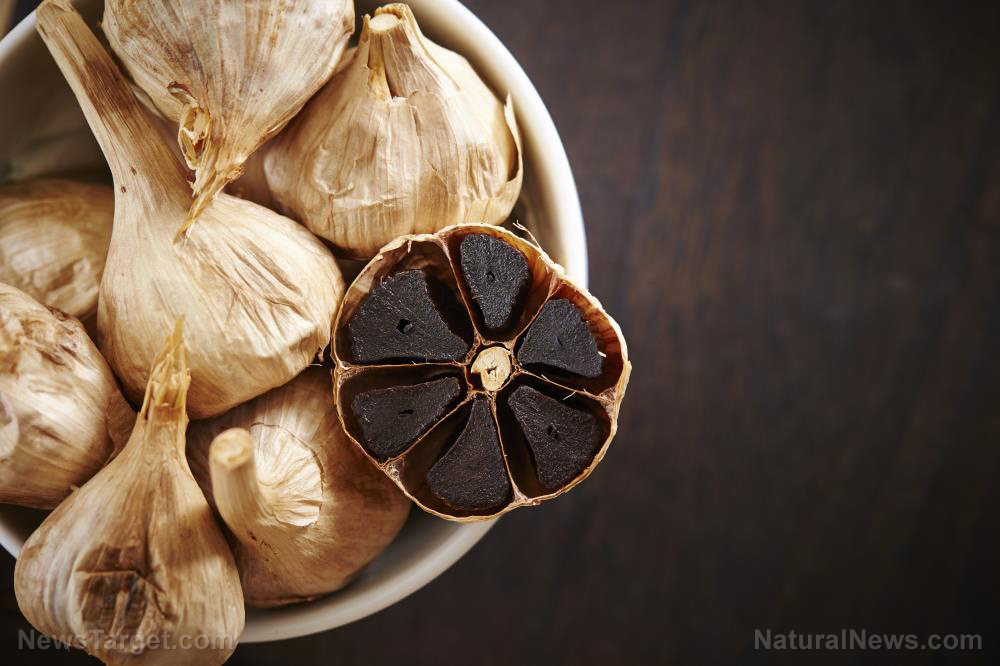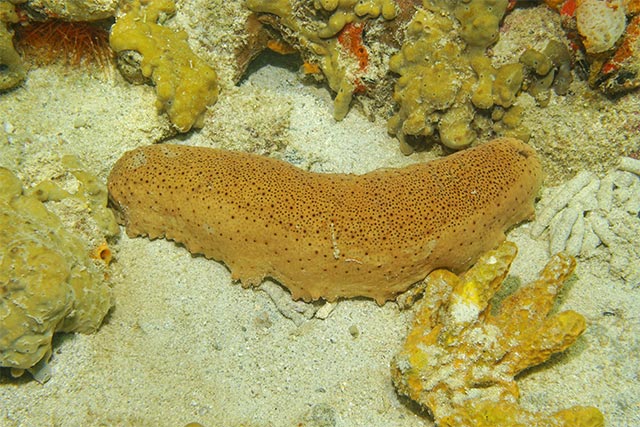A natural cure for dysmenorrhea
11/19/2018 / By Zoey Sky

Women suffering from menstrual pain caused by primary dysmenorrhea often rely on mefenamic acid, a prescription drug, for relief. However, this drug can cause harmful side effects like heartburn or nausea. Thankfully, a study has determined that a plant called felty germander (Teucrium polium) is just as capable as mefenamic acid for treating primary dysmenorrhea.
The adverse effects of mefenamic acid
Mefenamic acid is used to treat mild to moderate pain and dysmenorrhea or menstrual cramps. It is a nonsteroidal anti-inflammatory drug (NSAID). NSAIDs can help reduce fever, inflammation, and pain.
Mefenamic acid may cause side effects like:
- Constipation
- Diarrhea
- Dizziness
- Heartburn
- Nausea
- Rash
- Stomach pain
- Tinnitus (ringing in the ears)
- Vomiting
The mild side effects of the drug can go away after several days or a couple of weeks, but it can also cause severe side effects such as:
- A heart attack or stroke – Symptoms may include chest pain, shortness of breath, slurred speech, or weakness on one side of the body.
- Heart failure – Symptoms can include swelling in the arms, hands, legs, or feet or unusual weight gain.
- Liver problems – Symptoms may include flu-like symptoms (e.g., body aches, chills, and fever), itching, nausea, pain in the upper part of the stomach, tiredness, or yellowing of the skin or whites of the eyes/jaundice.
- Skin reactions – Symptoms may include reddening, blistering, or peeling skin.
- Stomach problems (e.g., ulcers or bleeding) – Symptoms may include black, sticky stools; stomach pain or upset stomach; or vomiting blood.
Felty germander for natural pain relief
Many women suffer from primary dysmenorrhea, and the condition affects their quality of life. Primary dysmenorrhea isn’t the symptom of an underlying gynecologic disorder, but it is related to menstruation. This is the most common type of dysmenorrhea, and it affects over half of women. At least 10 percent of women suffer from severe primary dysmenorrhea, which often manifests in late adolescence and the early 20s.
The study, published in the journal Complementary Therapies in Clinical Practice, compared the effectiveness of felty germander and mefenamic acid on primary dysmenorrhea. The triple-blind and randomized clinical trial study ran from October 2014 to February 2015. (Related: Vitamin E may be a natural remedy for dysmenorrhea.)
The researchers observed 70 single female students aged 20 to 30 from Shahid Beheshti University in Iran. The participants were randomly divided into two groups with 35 individuals each.
The first group was given 250 milligrams (mg) of felty germander powder every six hours. Participants took the herbal powder during the first three days of their menstruation for two cycles. Meanwhile, the second group took 250 mg of mefenamic acid.
The team used a visual analog scale (VAS) to measure dysmenorrhea severity. The results of the trial determined that there weren’t any differences between the demographic or descriptive variables among the two groups. Data from the VAS showed that the two groups both reported lower significant pain in the first and second months following the trial. The researchers noted that there weren’t any side effects reported in both groups.
According to the researchers, this study marks the first time that felty germander was used for pain relief in women who had primary dysmenorrhea. Unlike mefenamic acid, which can cause common or severe side effects with prolonged use, felty germander is an effective and natural alternative that can help ease menstrual pains in women with the debilitating condition.
You can learn more about natural remedies for primary dysmenorrhea at WomensHealth.news.
Sources include:
Tagged Under: dysmenorrhea, felty germander, girls health, health news, herbal remedies, natural cures, natural healing, natural health, natural remedies, primary dysmenorrhea, T. polium, Teucrium polium, women's health








